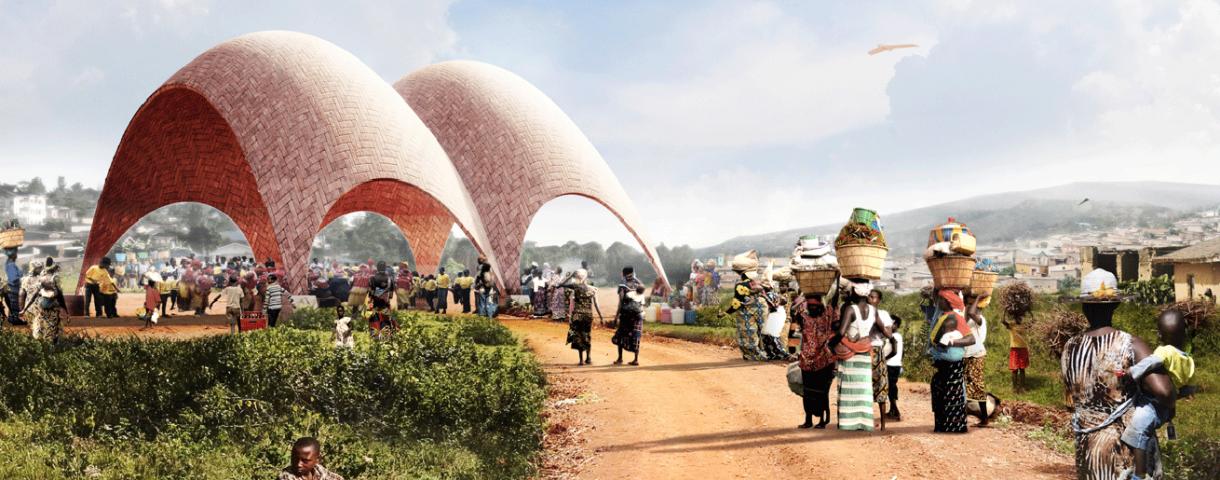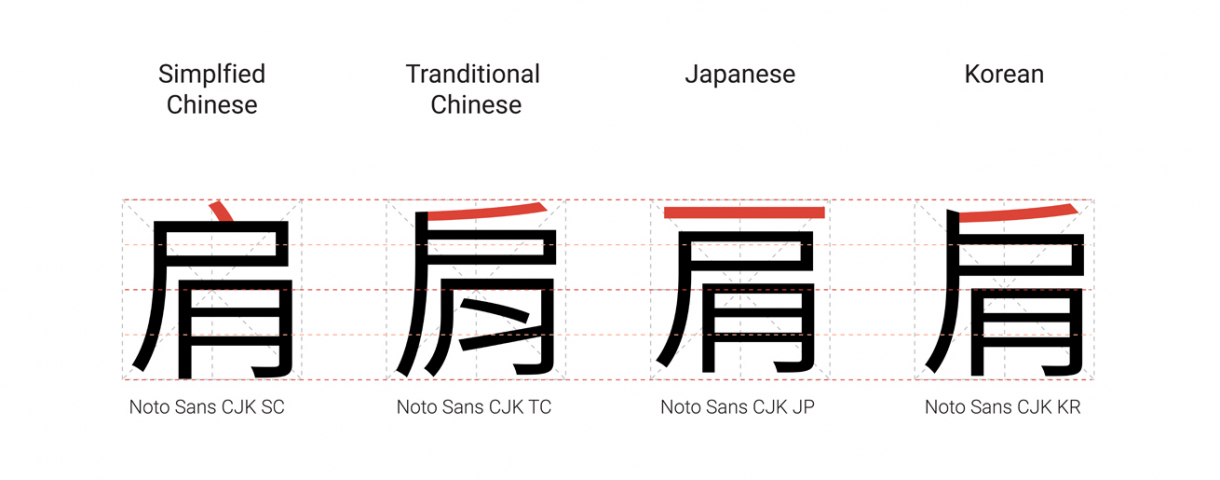In 2013, the World Bank identified Africa as the world’s poorest inhabited continent, with millions dying of preventable diseases. One of the main causes for the unavailability of medical supplies is the absence of road infrastructure through many parts of rural Africa. The skeletal road network covers just a fraction of the country with just a third of Africans in rural areas living within two kilometers of an all-season road.
The Droneport project in Rwanda in Africa is designed to support cargo drone routes capable of delivering urgent and precious supplies to remote areas on a massive scale. The specialist drones can carry blood and life-saving supplies over 100 kilometers at minimal cost, providing an affordable alternative that can complement road-based deliveries. Two parallel networks will operate services; the Redline using smaller drones for medical and emergency supplies, and the commercial Blueline that will transport crucial larger payloads such as spare parts, electronics, and e-commerce, complementing and subsidizing the Redline network. Droneport uses local material and -labor along with light formwork to create the emblematic forms that will eventually become a recognisable part of the African landscape.
Africa is a continent where the gap between the population and infrastructural growth is increasing exponentially, and the Droneport project is about doing more with less, to make an immediate life-saving impact in Africa.




